Feeding - Food and closeness
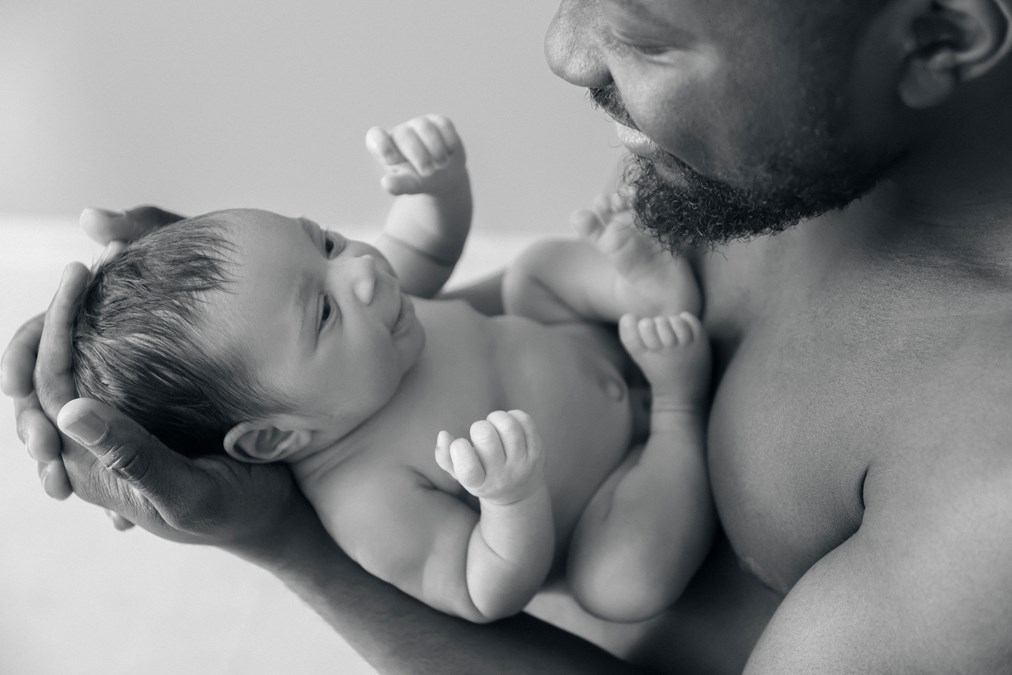
Breastfeeding
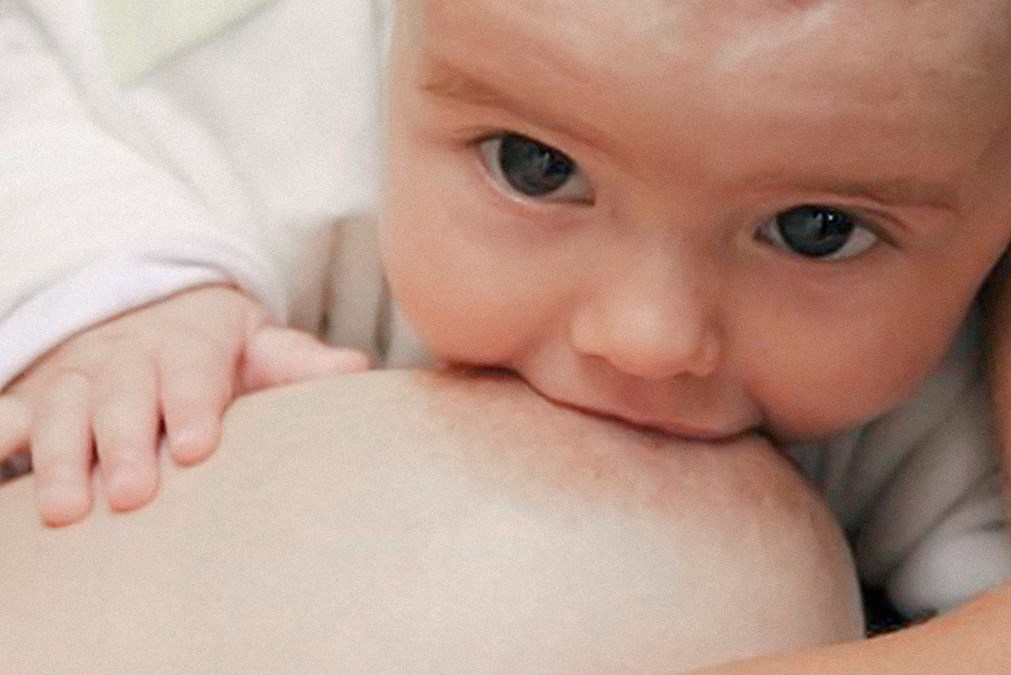
Everyone can decide for themselves how to feed their baby. Breastfeeding is the recommended way. In Sweden, we follow WHO’s recommendations, which are to exclusively breastfeed the infant for its first six months and then continue breastfeeding up to the age of two while also feeding the infant complementary foods. Breast milk contains a perfect mix of everything that the baby needs for healthy growth. Moreover, it gives the baby comfort, closeness and protection.
Benefits of breast milk
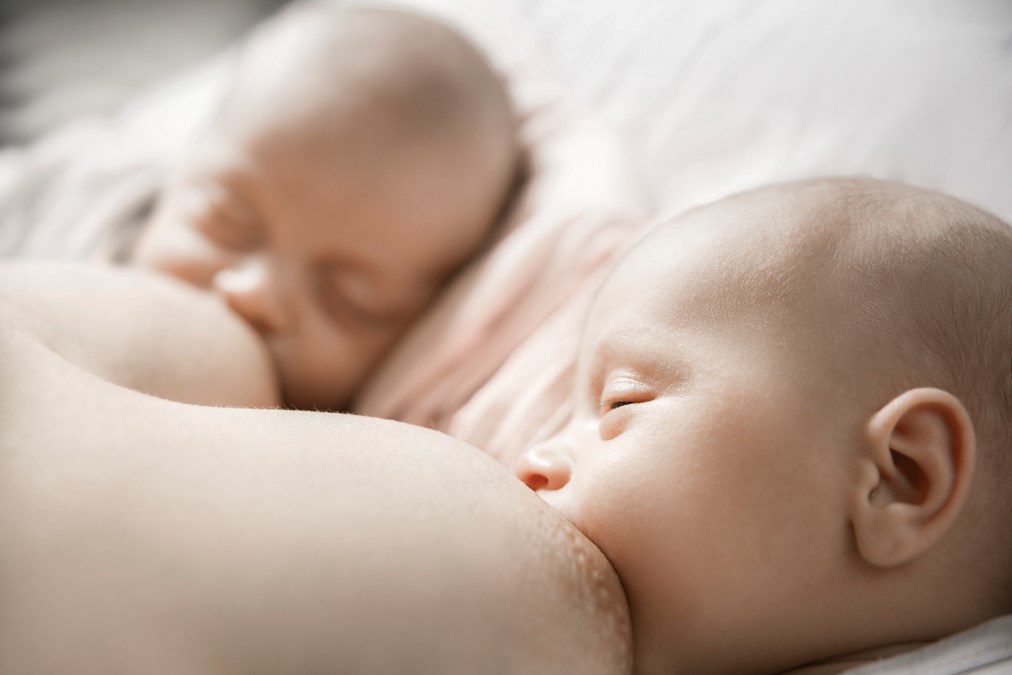
- Nutritious
- Easily digested
- Uniquely tailored to your baby
- Right temperature
- Right amount
- Benefits your baby’s immune system
- Contains growth hormones
- Protects against infection (antibodies)
- It is always available
Breastfeeding techniques
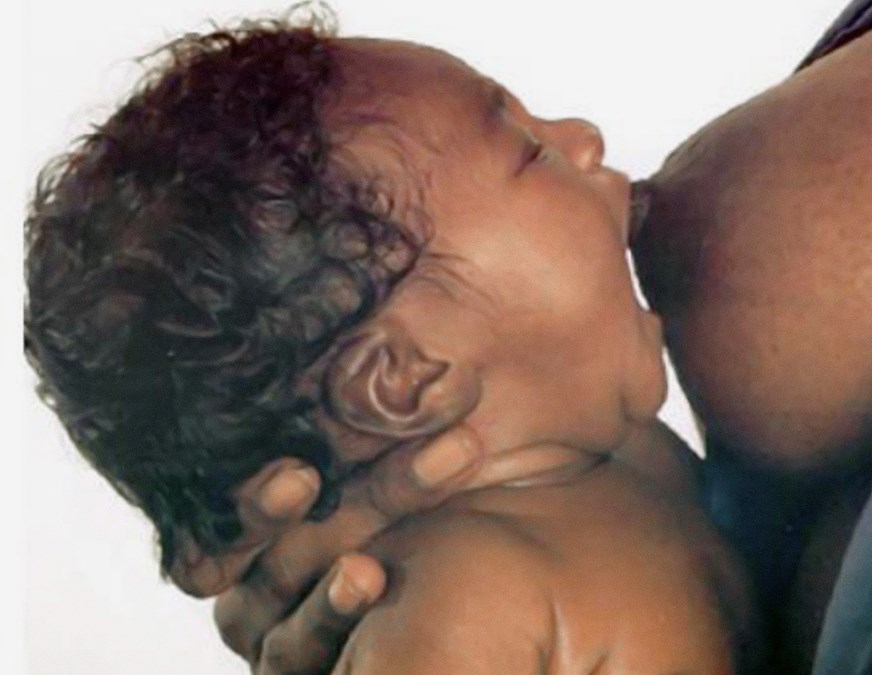
It is not always easy to find the right breastfeeding position and technique in the beginning. If it doesn’t hurt, that’s a good sign. Here are some other useful tips.
- Hold your baby close to you
- Make sure your nipple is in line with your baby’s mouth
- It is a good sign if your baby’s lips are turned outwards on your breast.
- Check that your baby’s whole jaw is moving while sucking
- Your baby’s mouth should cover the whole of the nipple and most of the areola (the dark coloured area around the nipple).
- If your baby doesn’t latch on properly, start again. Break the suction by gently sliding your little finger into the corner of your baby’s mouth. Your baby will unlatch and you can reposition.
Call the breastfeeding clinic, child health clinic or your midwife if you need help with breastfeeding.
More breastfeeding tips

It can take a lot of time and energy to get started with breastfeeding. So it is important to rest and let someone take over for a while between feeds. Remember that breastfeeding requires peace and quiet, because it is the feel-good hormone oxytocin that causes the breast to push out the milk. The recommendation is baby-led feeding, which means feeding whenever your baby shows feeding cues, even if it was not long since the last feed.
Bottle feeding
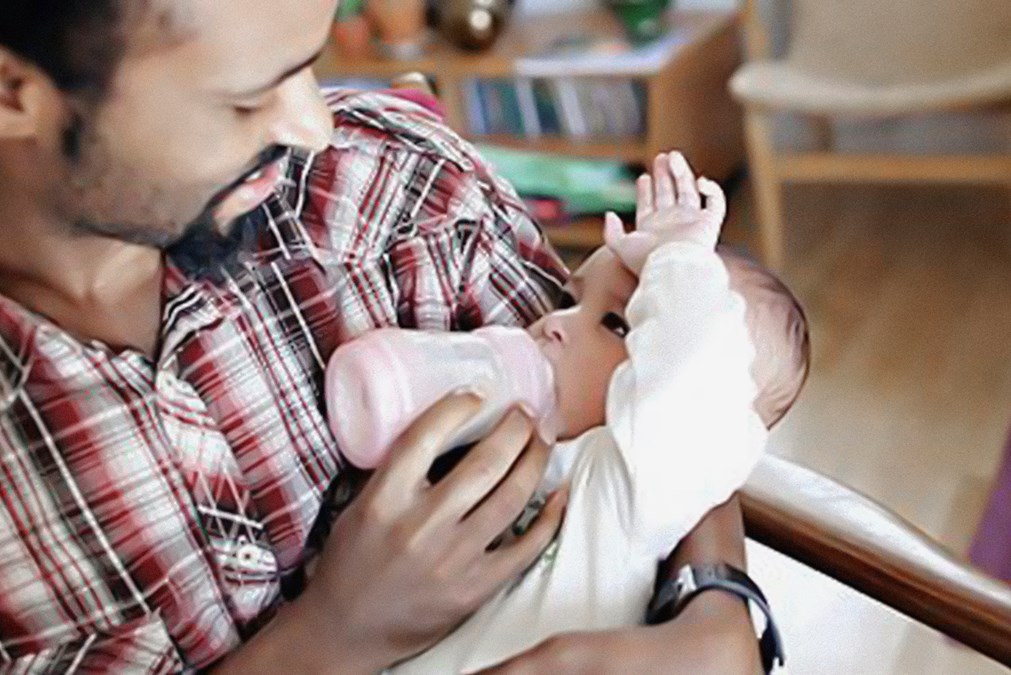
Breastfeeding is not always an option or preference. Good alternatives are cup feeding or bottle feeding, with breast milk or formula milk. The same recommendations apply as for breastfeeding. Feed your baby whenever there are hunger cues and hold your baby close as this helps with bonding.
Formula milk
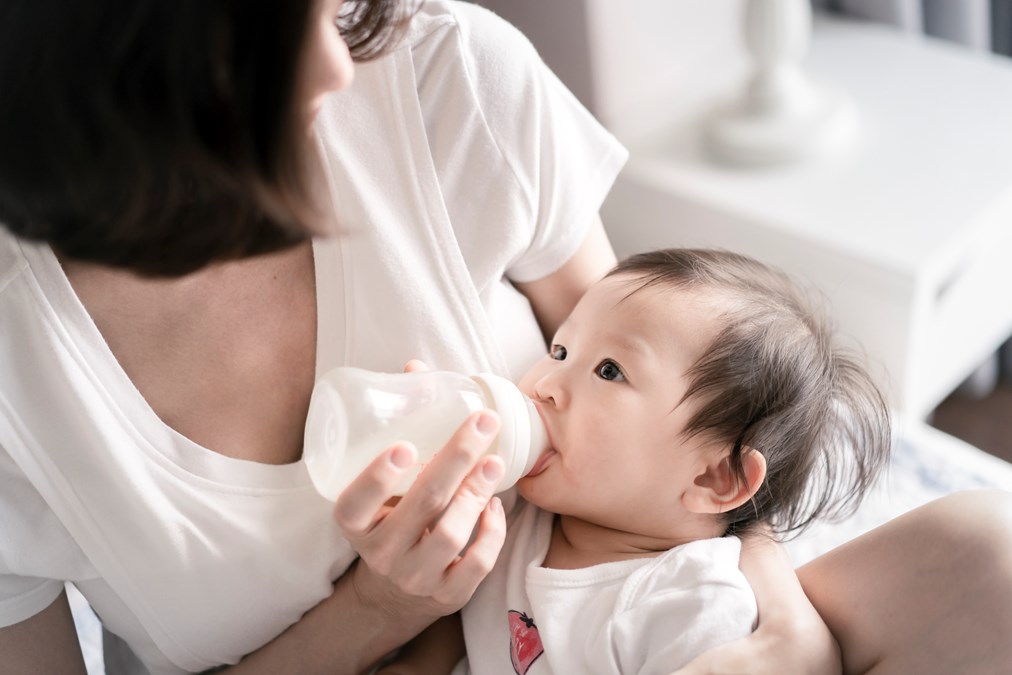
Most supermarkets sell formula milk, which is a nutritious alternative to breast milk. There are many different brands and types of formula, and it is up to the individual to decide which is best. The same applies for feeding bottles. Buy a few different bottles to find out which types are best for your baby.
How you know your baby is hungry
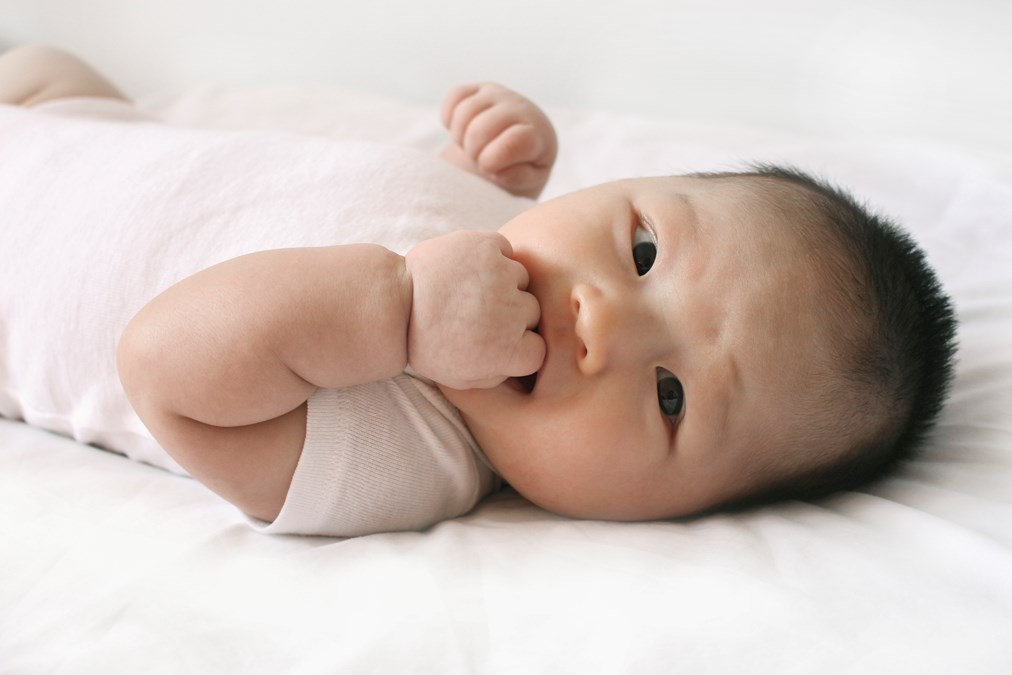
Your baby starts moving and stretching, moving its head, waving its arms, opening its mouth, smacking its lips and rooting for the breast.
Later signsYour baby puts its hands in its mouth and sucks them. It becomes more fidgety and restless. After a while, it starts to cry.
It is easiest to feed a baby before it gets too hungry and frustrated. If your baby is very upset, calm it down first before you start feeding. Breastfeed your baby when it is showing signs that it is hungry. That way, milk will be produced to meet your baby’s needs. A newborn’s stomach is about the size of a cherry. So when it comes to feeds, little and often is good. You’ll notice your baby’s hunger cues more easily when you have your baby close to you.
Help your baby burp
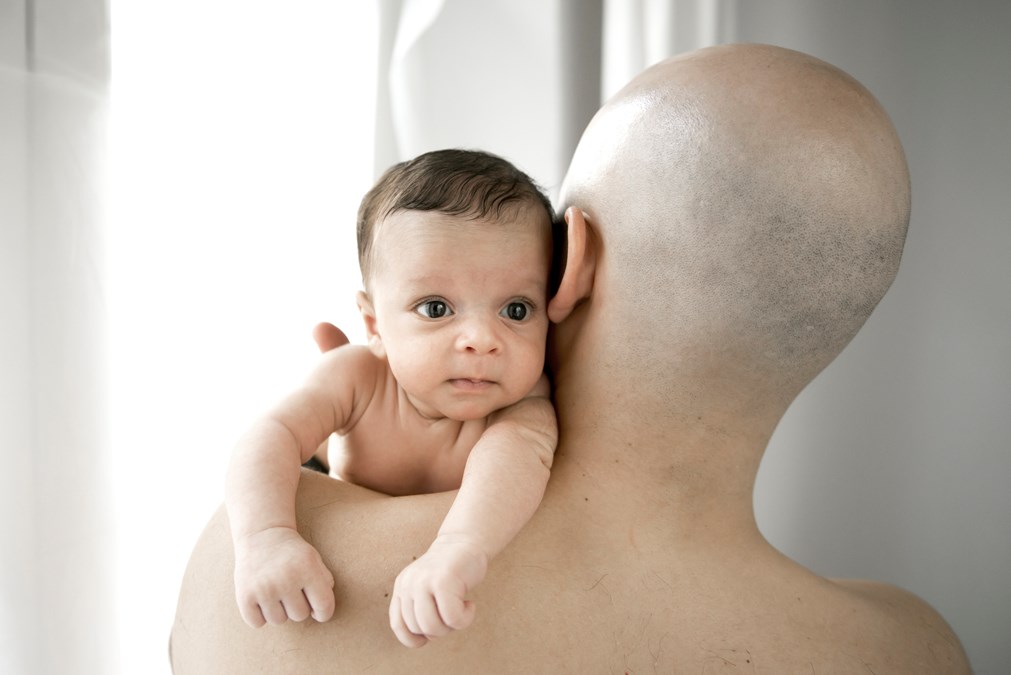
Babies often swallow a lot of air when they feed, whether breast milk or formula. Air in the stomach can cause a false feeling of being full. It can also cause tummy ache. That’s why it is good to help your baby burp. The easiest way to do this is to hold your baby upright against your chest or looking over your shoulder for a while. Just remember that all babies are different. Not all babies burp.
Useful information about poo
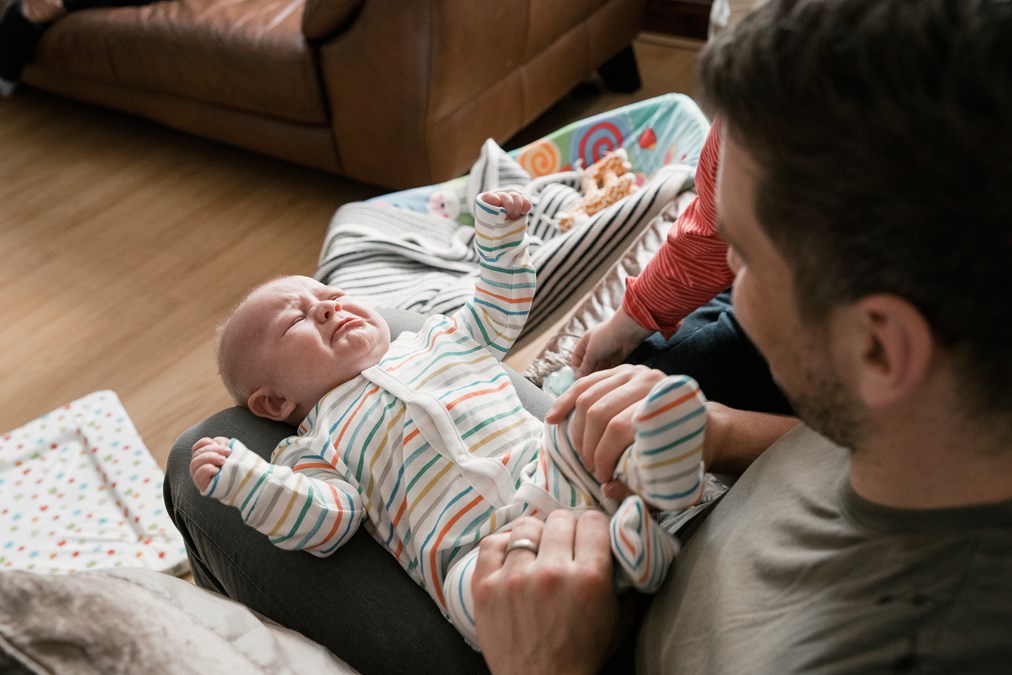
All babies are different. Some poo after every feed, others once a day and some just a couple of times a week. The first time a baby does a poo, it’s black, thick and sticky. But within a week or so, your baby’s body adjusts to its new food and the poo will be yellow.
What to eat while breastfeeding
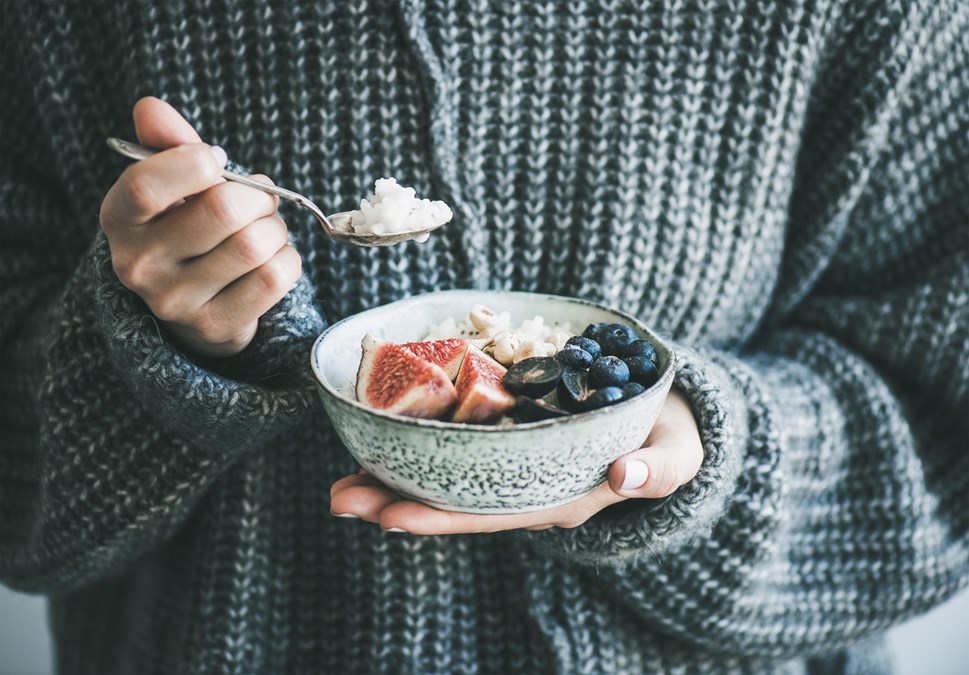
When you breastfeed, your baby will get all its nutrition from you. Remember that you will need a slightly higher intake of calories and liquids than normal. You should also try to eat a varied diet of vitamin and mineral rich foods. If your baby gets stomach ache, try to cut down on foods that produce gas, like onions, beans and milk products. Read the recommendations under “Food for you who are breastfeeding” on the Swedish Food Agency’s website.
Mastitis
You might have mastitis if you feel a sore lump in your breast, which can be red and swollen. You may also feel feverish and generally ill. It usually helps to breastfeed your baby or express the milk by hand. If your temperature does not go down after taking paracetamol, you may have an infection. You should seek medical care.
Leaking breasts
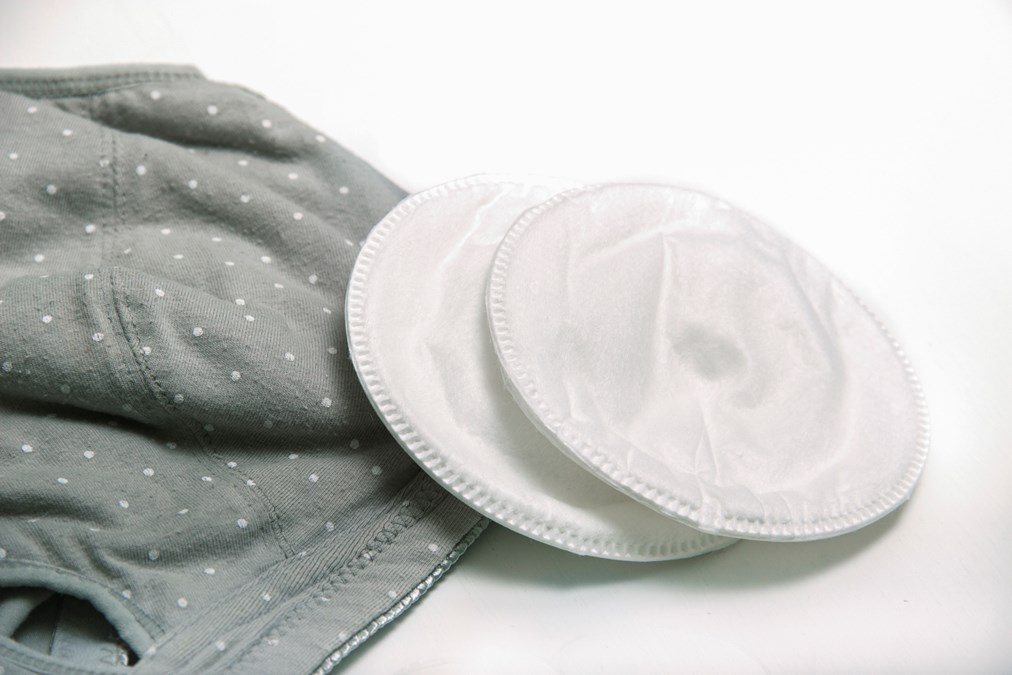
It is very common for breasts to leak in the first few weeks of breastfeeding and sometimes even during pregnancy. You can press firmly on the nipple for a while to reduce the leakage. You can also wear nursing pads or breast shells inside your bra to protect your clothes. Try to keep your breasts dry and warm to avoid unnecessary discomfort.
Sore nipples

Nipples often become sore or cracked during breastfeeding and it can be painful when your baby is sucking on your breasts. The most likely cause of sore nipples is that your baby is not latching correctly. Try a different breastfeeding position and see if that helps. You can rub some breast milk on your nipples to help them heal faster.
Remember!
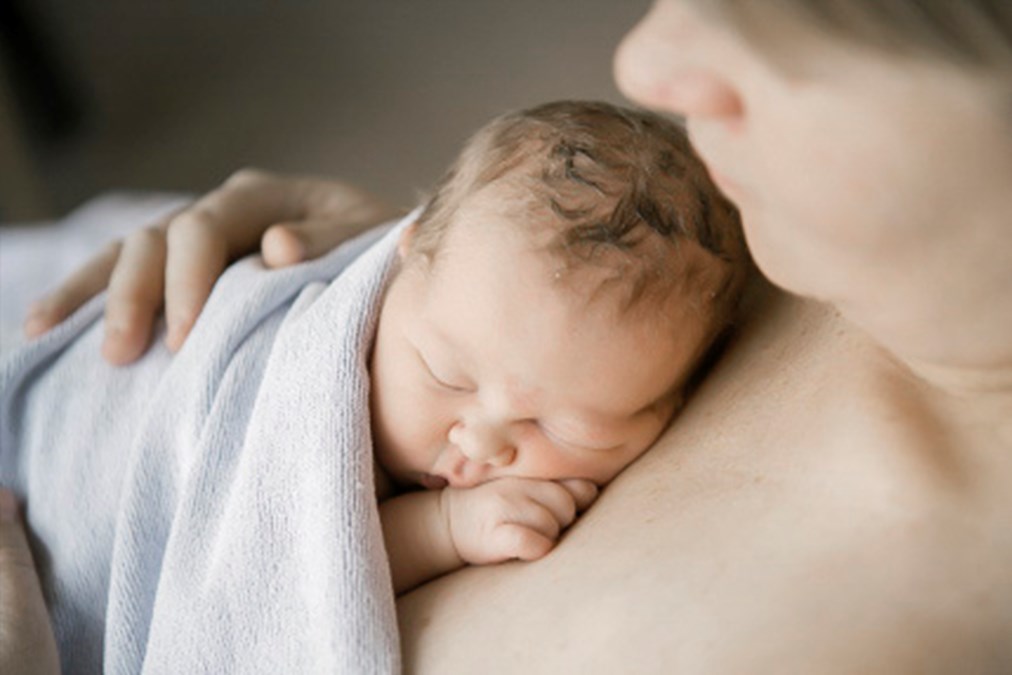
Breast milk is good food for a baby, but there is no obligation to breastfeed. There is no single solution to suit everyone.